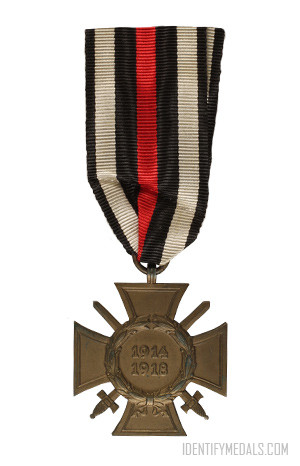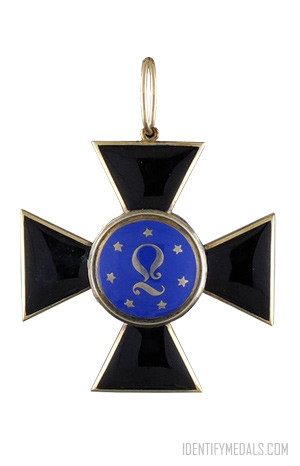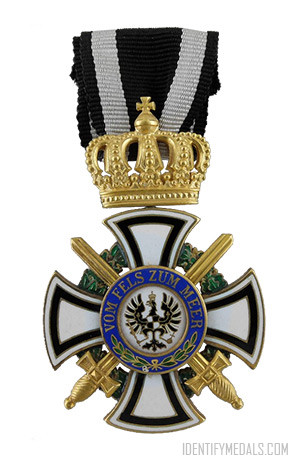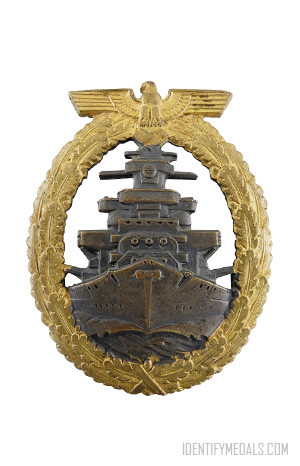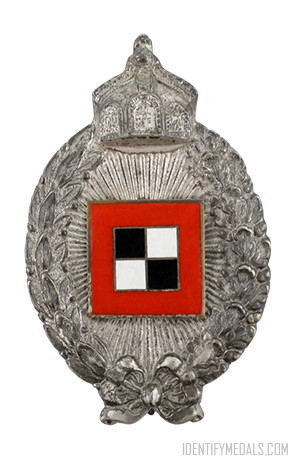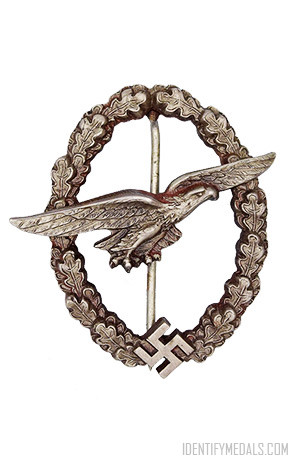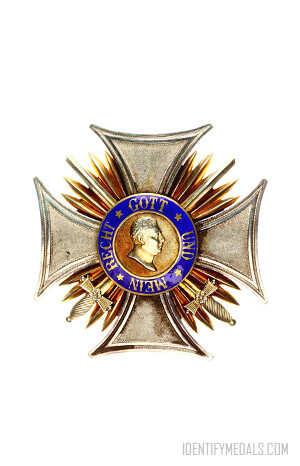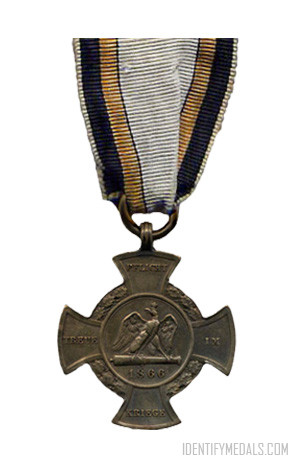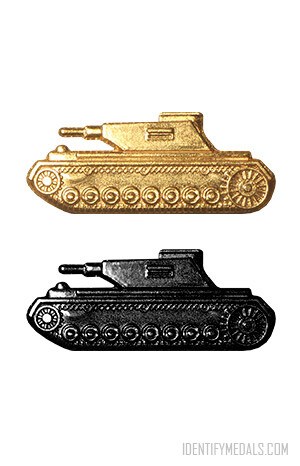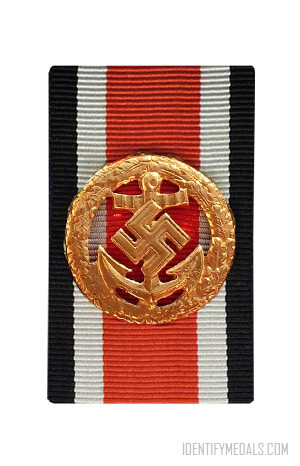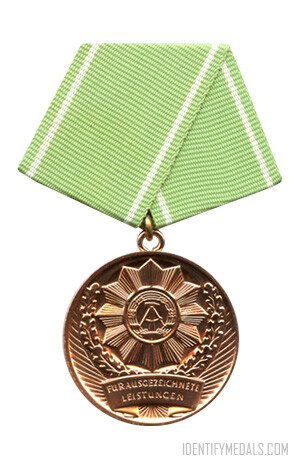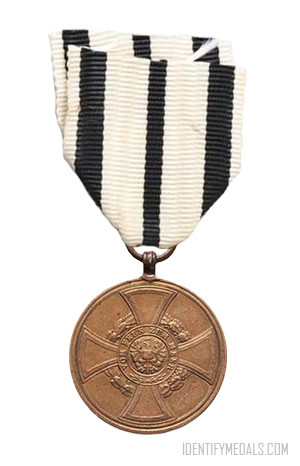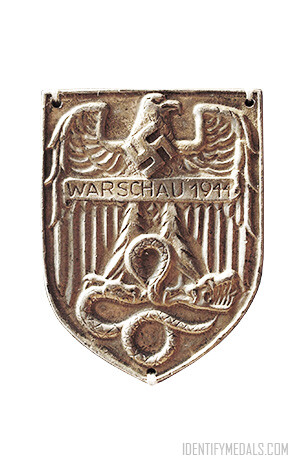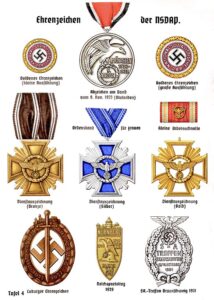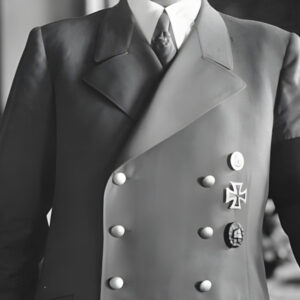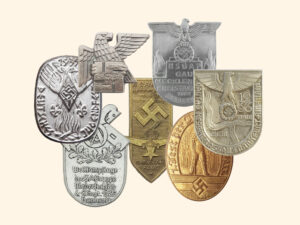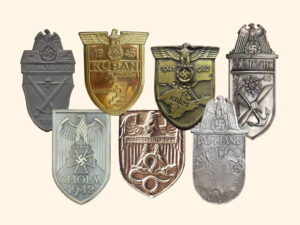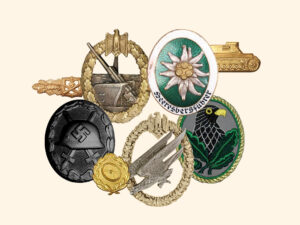- Time Period: The Great War, Interwar Period
- Institution: 13 July 1934
- Country: Germany
The Honour Cross of the World War 1914/1918 (or Das Ehrenkreuz des Weltkriegs 1914/1918 in german) was established by Field Marshal Paul von Hindenburg, President of the German Republic, in 1934. The medal is commonly and incorrectly known as the Hindenburg Cross, and it commemorates service of the German people during the First World War.
This was Germany’s first official service medal for soldiers of Imperial Germany who had taken part in the war.
The Honour Cross was awarded in three forms: With swords, for front-line veterans, without swords, for non-combatant veterans; and without swords for surviving widows and parents of fallen participants in the war.
The Honour Cross of the World War 1914/1918 Design
The medal awarded to combatants displays a laurel wreath encircling a medallion on the obverse, with the dates “1914 1918” and crossed swords between the arms. The reverse side is plain, and bears only the manufacturer’s logo.
The Honour Cross for non-combatants has no swords and a wreath of oak leaves, and both medals were made of bronze. A total of 8,041,414 medals were awarded.

